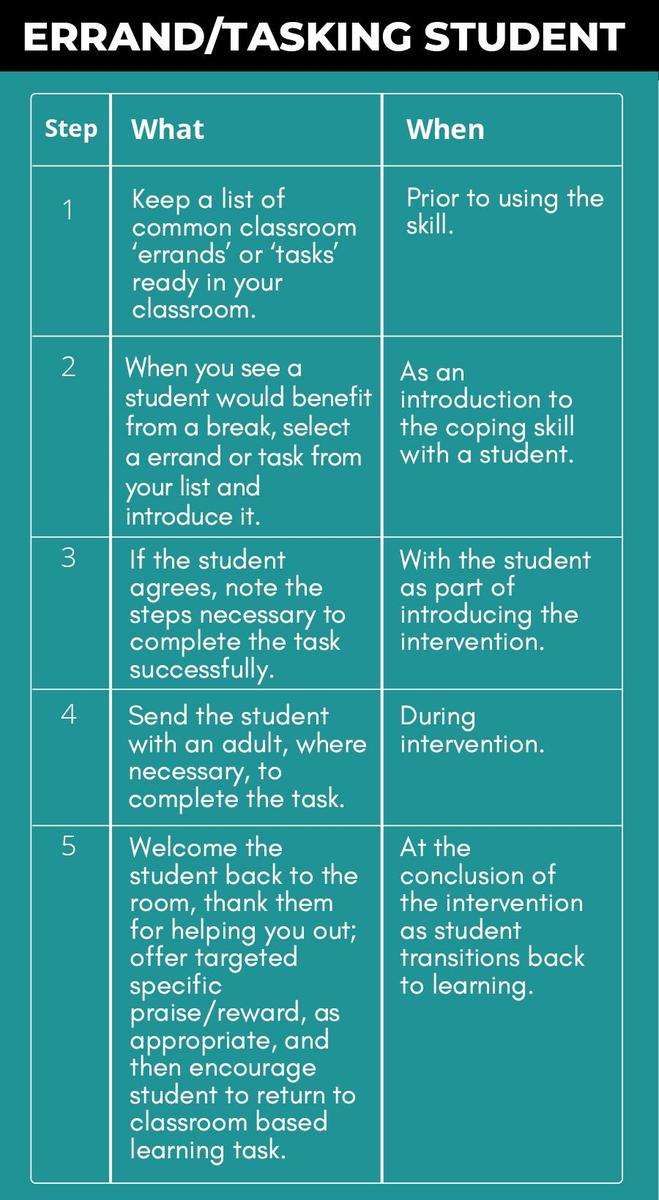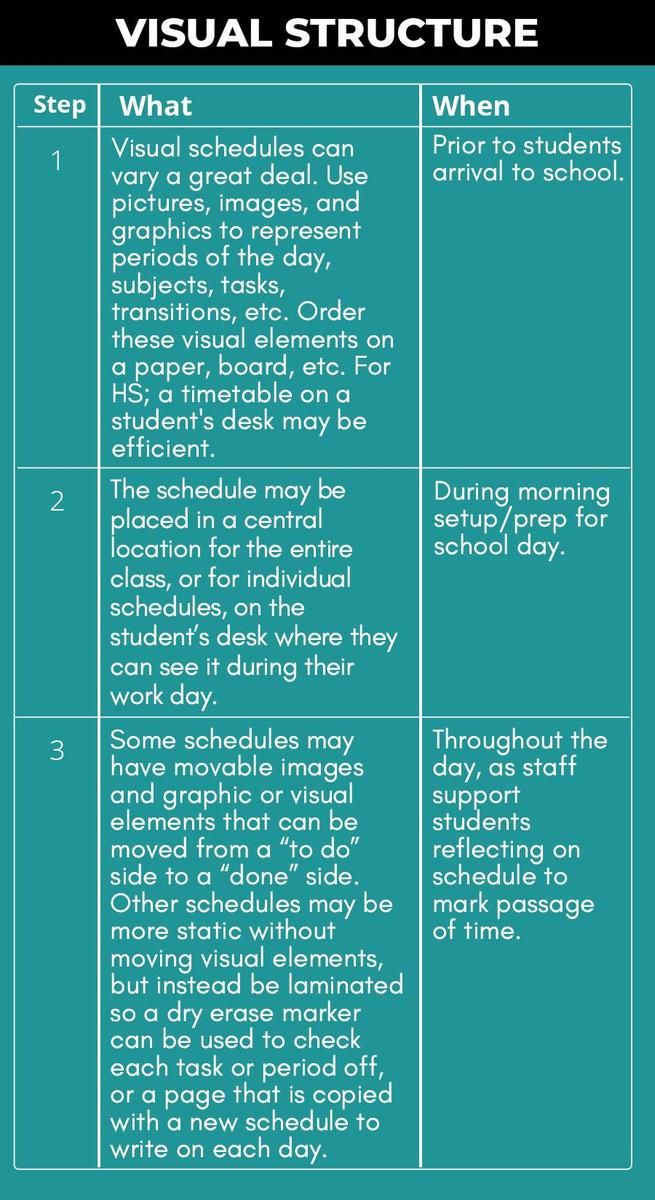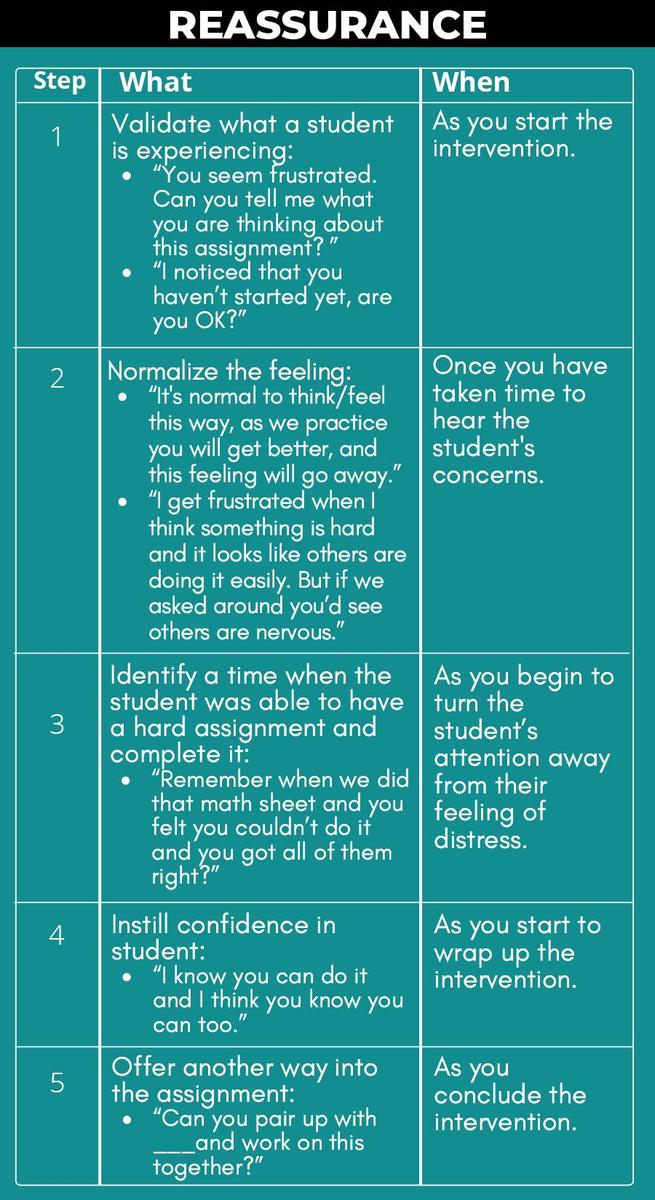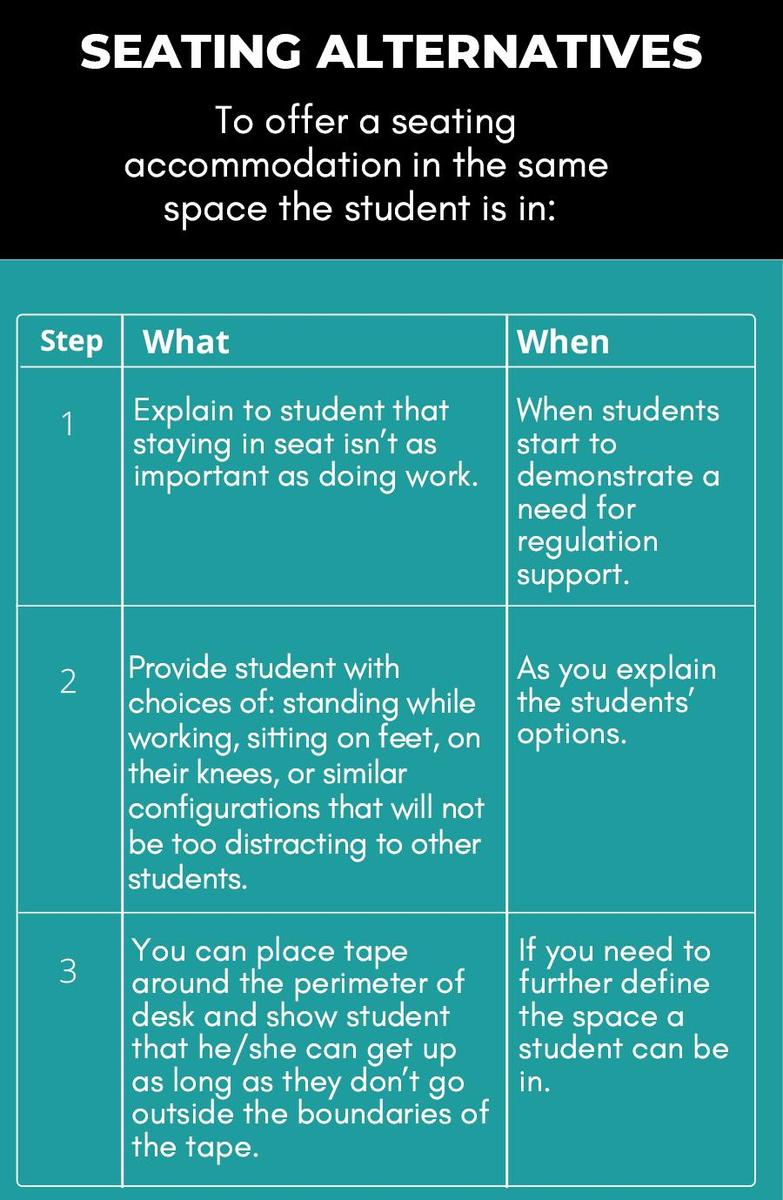What Is It?
To check in with a student during classroom instruction.
Why Should I Do it?
- Increases or improves the teacher-student relationship
- Provides individual attention to a student when they appear to need support
- Can help you provide earlier interventions with students
- Helps prevents students disrupting the whole class
- Gains focus and attention to the student
When Should I Do It?
- zWhen you already know the student and have a relationship with them
- When you are processing a problem with a student "in the moment"
- When a student is becoming disruptive or misbehaving
- When a student's non-verbal communication seems upset, sad, frustrated, or otherwise distracted
- For students who benefit from frequent adult support

GIVE SEVERAL OPTIONS FOR HOW STUDENTS CAN MEET EXPECTATIONS AND BE SUCCESSFUL:
“Right now, we’re all working on independent reading. Can you independently read where you are sitting, or would you like to move somewhere else where you can have less distractions."
"Everyone is starting to find a partner for group work. Would you like me to help you find a partner/group?"
SAMPLE EXPECTATIONS
"When people are independently reading, we all need to do our part to limit distractions. If you can be quiet and no distract others, you can stay here for reading. If you don't think that will work for you, I can help you find a space in the hallway to read."
USE "I" STATEMENTS
- "Hey, I noticed that you put your head down on your desk for a few minutes. Are you OK?"
- Your facial expression looks like you're not OK, and I see that you have stopped doing the class tasks. How are you doing?"
- "Over the last few minutes, I have watched you interact with the people next to you four times. Do you need help with something?"
- Hey, _______[Describe observation] isn't like you. What's up?"
PRO TIPS
- Be careful not to make physical contact with student, and try not to corner students or face them directly; join alongside students/next to them whenever possible.
- Do not attempt a check in with a student if you don’t feel calm. Ask another adult to check-in with the student.
- If student’s escalate the intervention, ask the student to participate in a Hallway Chat/1:1 check in.
- Don’t worry about students making eye contact, as it may make them uncomfortable or view it as a sign of disrespect.








